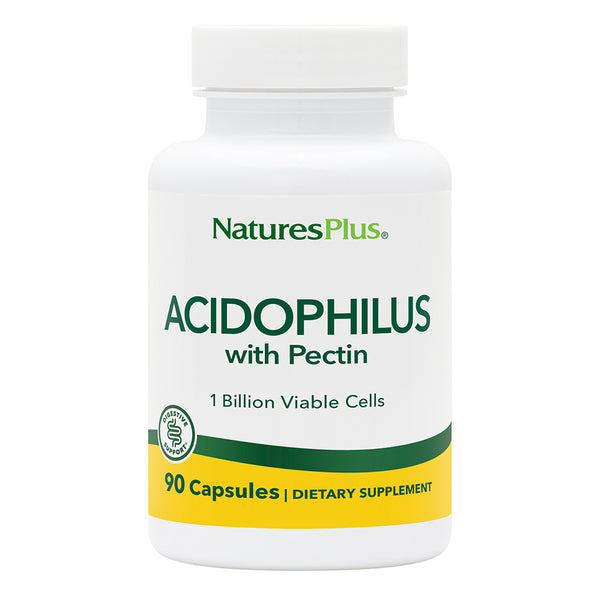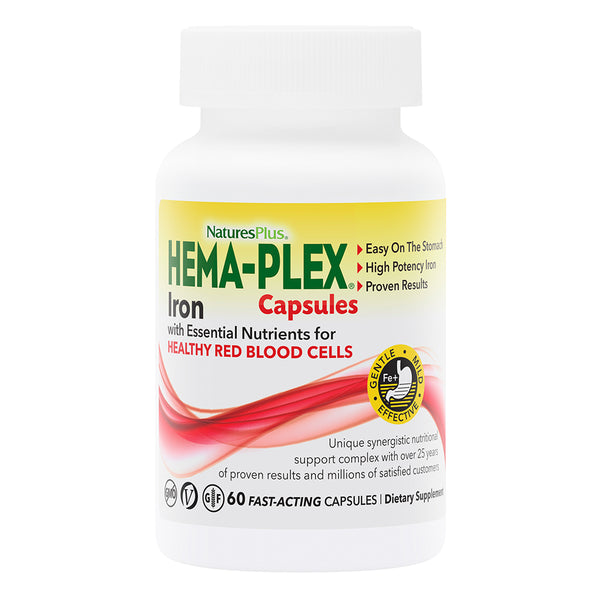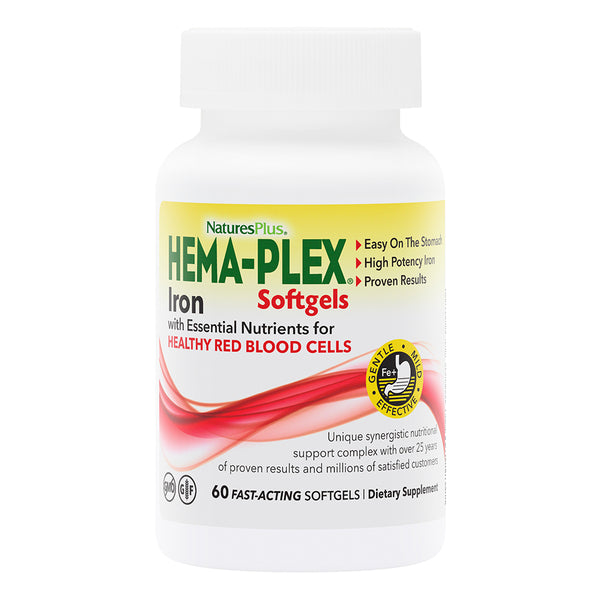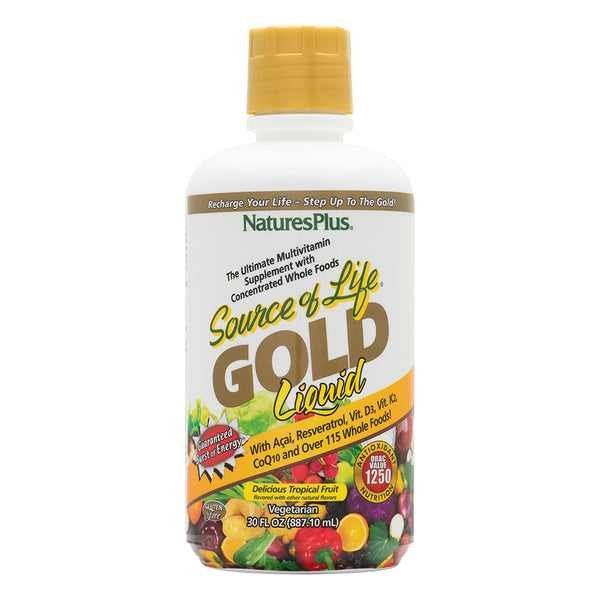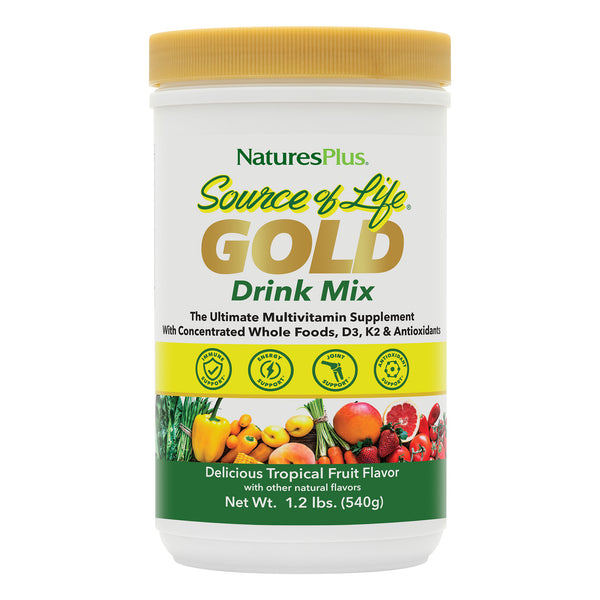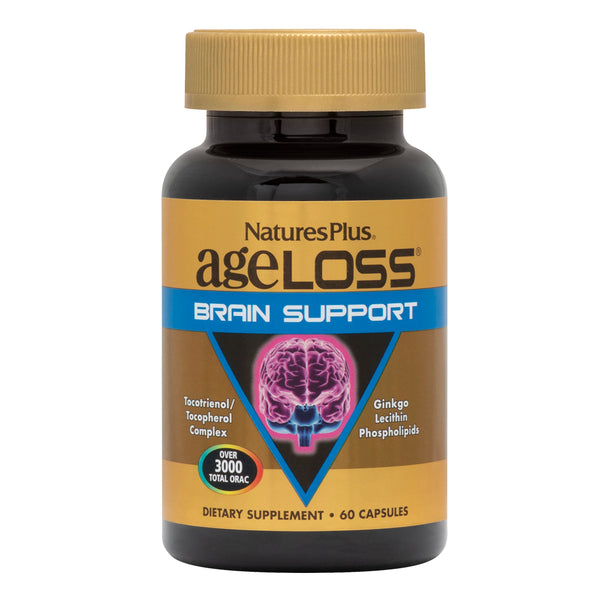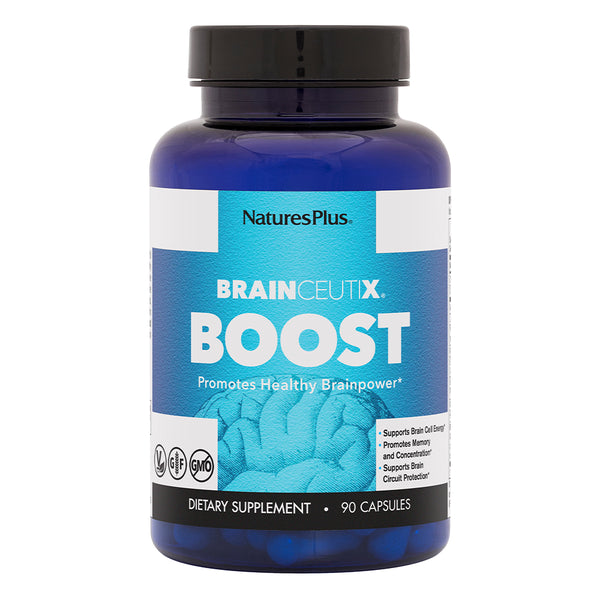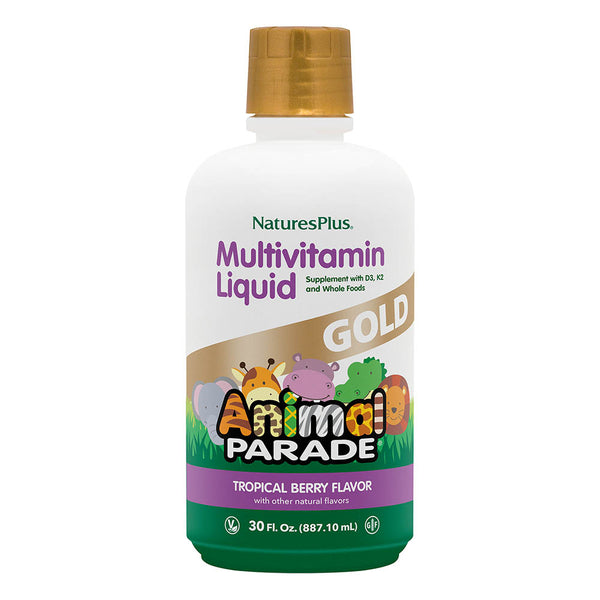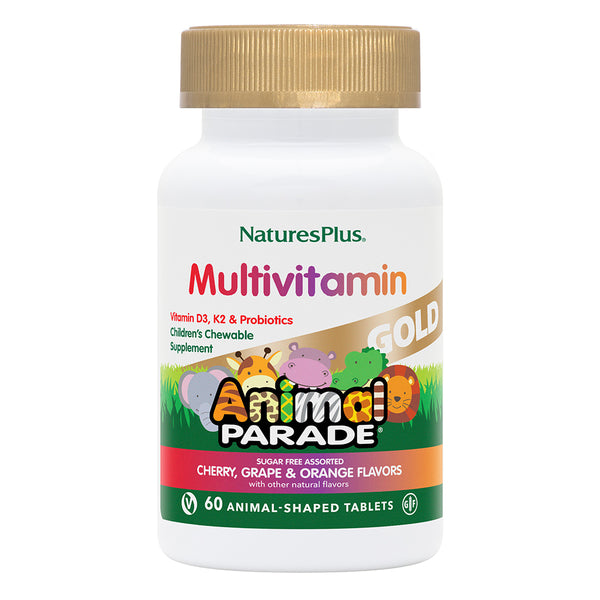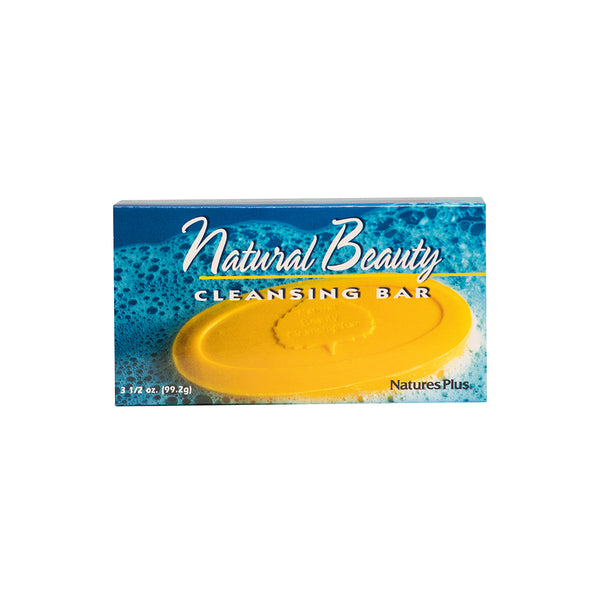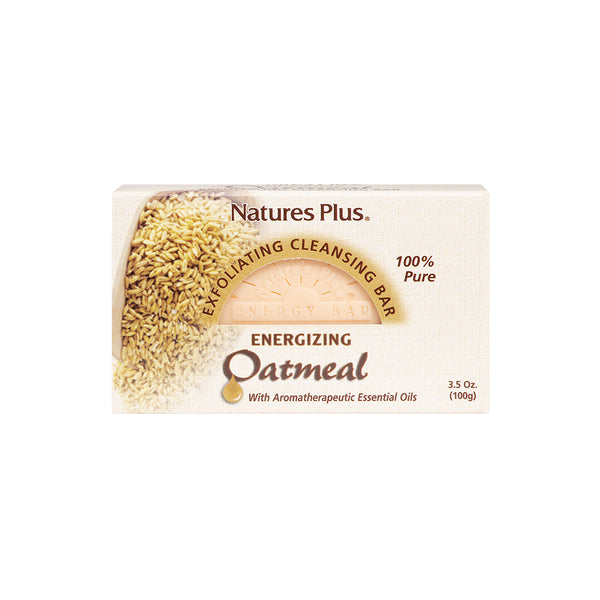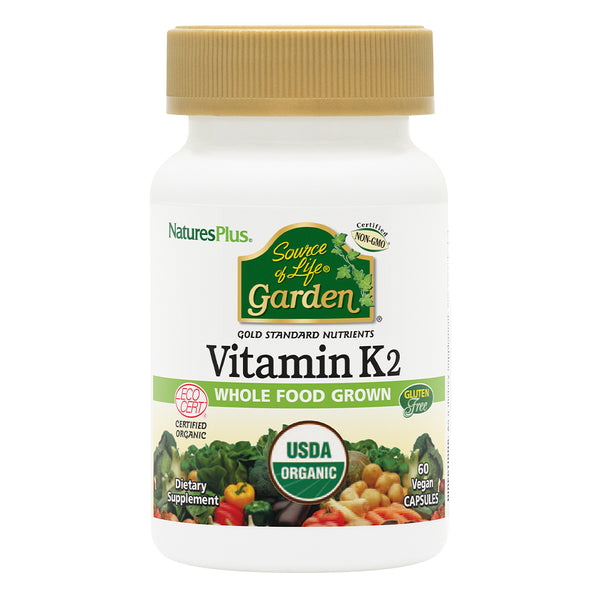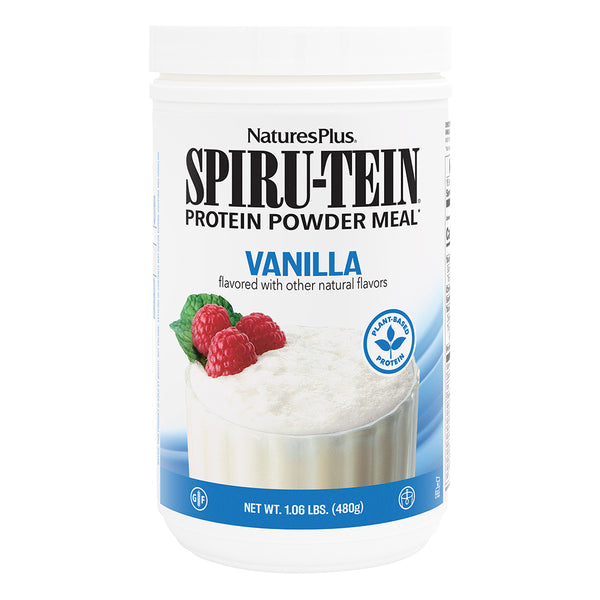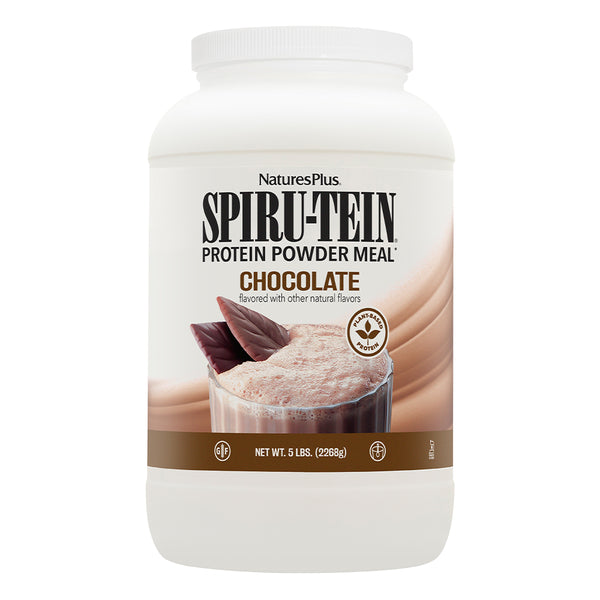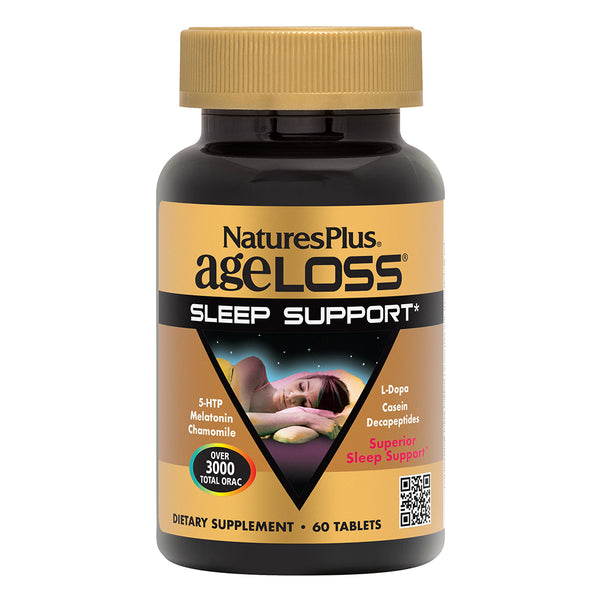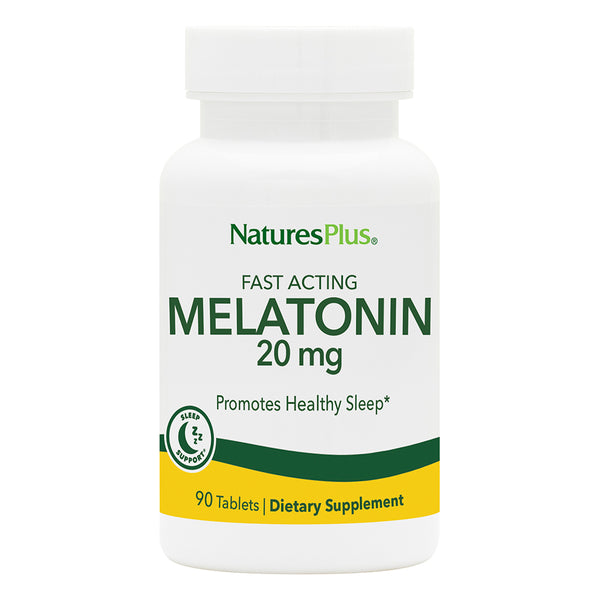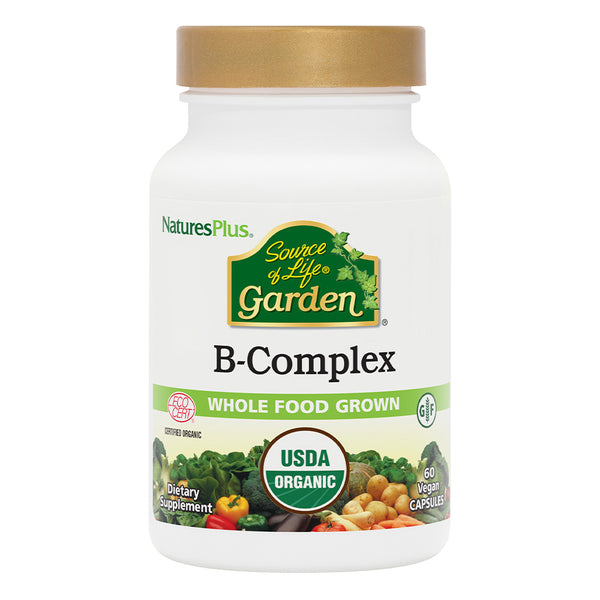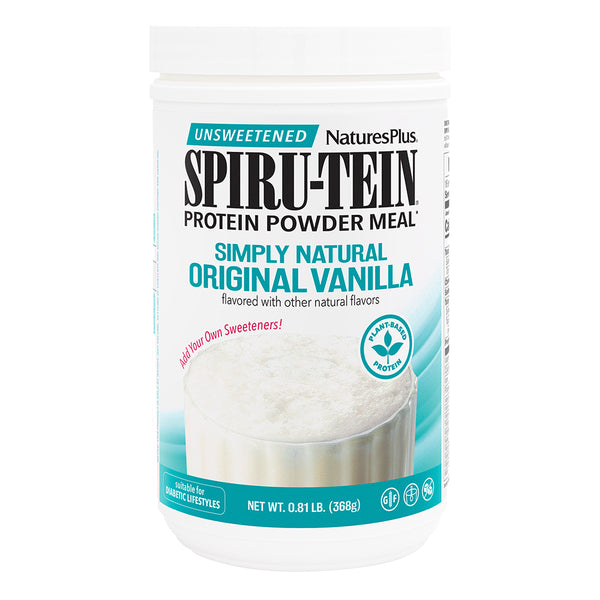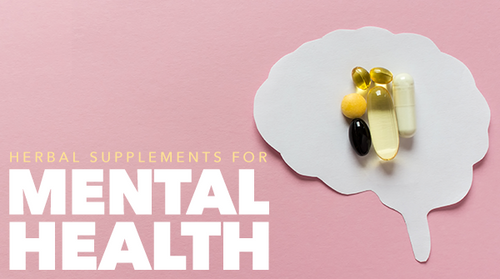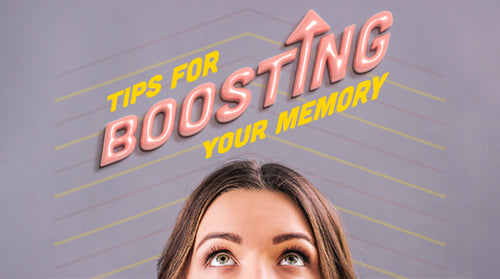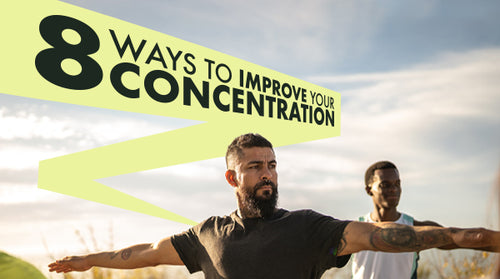Remember your crayons from childhood? Well now it’s welcome back, coloring books—this time for adults.
Since 2013, when illustrator Johanna Basford’s Secret Garden (Laurence King) ignited the trend, tens of millions of adult coloring books have been sold worldwide. And for good reason: More and more adults find coloring to be meditative, stress-relieving and just plain fun.
Focus and Comfort in Coloring
For starters, gazing at a line drawing of tropical fish while coloring them in sure beats staring at a computer screen. Coloring offers a tactile escape from the digital deluge, as you hold actual colored pencils and pens in your fingers and rub blues and greens onto real paper.
“Directing your attention toward a repetitive activity like coloring increases your focus and activates parts of your brain that are connected to your sense of self and spirituality. These areas of the brain are also engaged during meditation and prayer,” says clinical psychologist Ben Michaelis, PhD, author of Your Next Big Thing (Wolf Street).
“Coloring is absorbing, blocking out negative thoughts and switching off that circling anxiety, pulling you more into the present moment," Michaelis says. "When you’re focused on the here and now, there isn’t a lot of room for anxiety. Coloring, like meditation, trains the mind to keep you more in the present.”
Even the physical act of coloring benefits your health: "Moving your hand back and forth in short, rapid strokes uses your fine motor skills, which helps minimize the effect of age-related loss in dexterity," Michaelis notes.
“The action also has a calming effect,” adds clinical psychologist Allen Elkin, PhD, author of Stress Management for Dummies (Wiley).
Freeing Your Inner Child Through Coloring
Jeff Binns took up coloring when he saw his mother-in-law doing it.
“It’s a really nice way for me to relax,” says the pastor in Winterset, Iowa. He’s particularly drawn to Eastern Indian mandalas, geometric figures that represent the universe and a popular theme in the Color Yourself Calm books (Barrons).
“With the intricately illustrated ones, I have to be precise and that can be so intense, so it’s weird that, at the same time, coloring calms me and frees my mind from the world around me,” says Binns.
“Most of our childhood memories reside in the senses,” Michaelis says in explaining this calming effect. “Connecting with activities or events that tap into those can transport us to a simpler time.”
If you feel less inhibited, it’s easier to be creative at coloring—from color choice and materials to technique, such as blending and shading colors.
“I’m not a terribly artistic person, so it’s fun to have an illustration to go by and express myself with,” says Courtney Ponsford, a nurse in Vancouver, Washington. “It doesn’t matter what colors you put on the page, and it’s satisfying to see the finished product.”
Researchers have found that having a hobby, like coloring, “can result in a sense of mastery and enhanced creativity, which can produce a more general sense of well-being in other areas of your life,” says Elkin.
Like this article? You’ll love our weekly newsletter
sign up here!
**These statements have not been evaluated by the Food and Drug Administration. This product is not intended to diagnose, treat, cure or prevent any disease.
